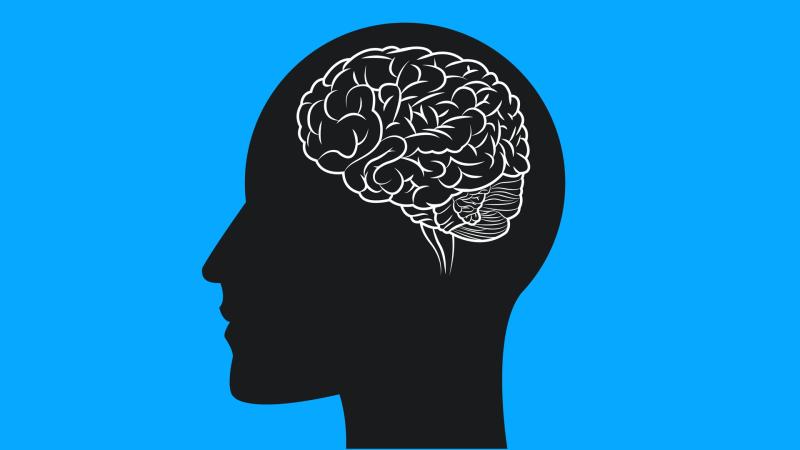
Scientists from the Tata Institute of Fundamental Research, Mumbai, Université libre de Bruxelles- Institute of Neuroscience, Belgium, Indian Institute of Science, Education and Research, Pune and Sophia College for Women, Mumbai are now a step closer to understanding how the development of neural and glial cells – the two primary cell types in our brains – is regulated in a developing brain.
Neurons and glial cells are the primary constituent cells of the nervous systems of all vertebrates, including humans. While neurons help relay messages from one part of the body to another, the glial cells help protect, regulate and maintain proper functioning of the neurons. One of the most important steps for understanding our brains is the regulation of the development of neurons and glial cells from a common progenitor neural cell. Unlocking the specifics of this “neuron–glia cell-fate switch” is perhaps crucial to understanding how a functional nervous system is built.
Scientists from Mumbai, Pune and Belgium are now a step closer to solving this puzzle, as they have discovered a key molecule called Dmrt5 involved in this cell fate regulation. While studying the mouse hippocampus, an area of the brain involved in regulating both memory and emotions, scientists had previously shown the role of another molecule--Lhx2 in this decision. They had demonstrated that higher levels of Lhx2 promoted the production of neurons and suppressed the production of glial cells in the mouse brain, whereas lower levels of Lhx2 had the opposite effect.
Now, they have shown that Dmrt5 can also mimic Lhx2 to produce the same effects of increasing production of neurons and suppressing the production of glial cells. They also observed that both Lhx2 and Dmrt5 were seen to compensate for each other’s loss in the mouse hippocampus, by being reciprocally regulated such that a decrease in one factor led to an increase in the other. Moreover, both Dmrt5 and Lhx2 had opposing effects on other neuronal factors, thereby showing the existence of a complex, two-directional regulatory network that controlled the neuron-glial cell-fate switch in the developing mouse hippocampus.
The scientists’ findings could be a very important step towards unravelling the complex phenomena of the neuron-glial cell-fate switch. The scientists believe that this mechanism might be an evolutionarily conserved phenomenon across frogs, chicken, mouse, and humans, and might eventually help us better understand the process of how our brains develop.






